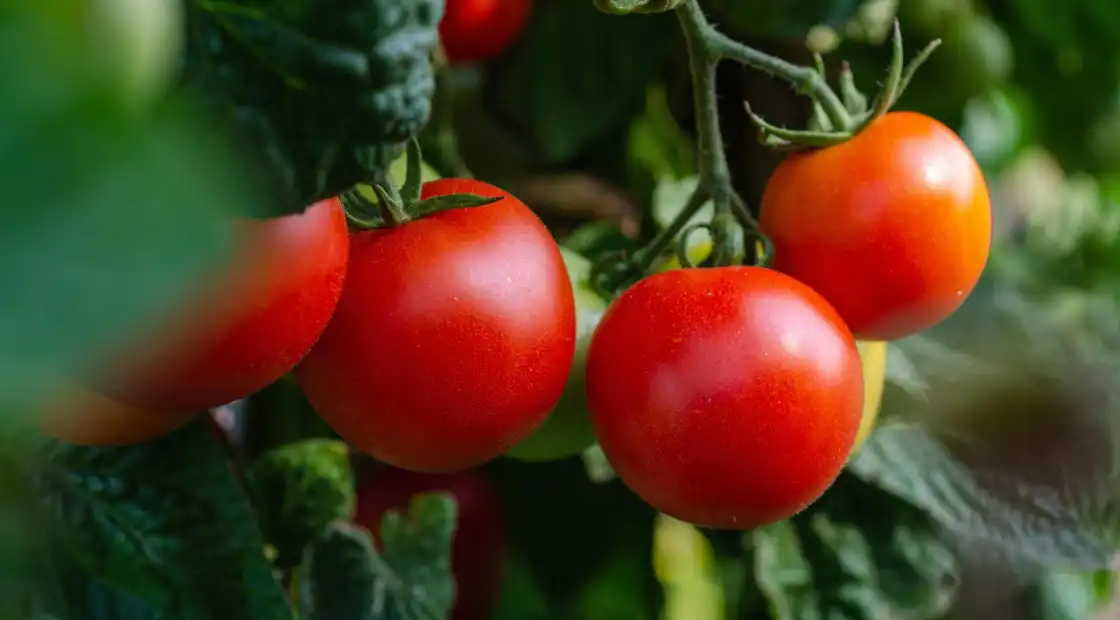Biostimulant microorganisms in soil-less cultivation: using a bioreactor to improve tomato crops

Innovation in biostimulation for soil-less crops
During a presentation organized by CTIFL at SIVAL 2024, the subject of biostimulant microorganisms in soilless cultivation was explored, particularly for tomato crops. French soilless tomato production accounts for 80% of the total, with plants generally grown on rockwool, an inert, sanitized substrate. Unlike natural soil, this UV-sterilized substrate lacks microbial diversity. This deficit hinders the natural interactions that support plant nutrition and growth. To fill this gap, researchers have been experimenting with solutions aimed at integrating biostimulant micro-organisms directly into this sterilized environment. These biostimulants, such as bacteria and fungi, require a functional habitat to thrive. In collaboration with a specialist company, an in situ biostimulation device known as a biogenerator was developed.
The biogenerator uses a method similar to aquaponics, but without the fish. The system contains a tank filled with plastic supports, called curlers, to which the bacteria can attach themselves. A source of organic nitrogen, such as urea, encourages bacterial growth. The bacteria generated in the tank are then introduced into the fertigation system to feed and biostimulate the tomatoes. This approach was tested for three years to compare its effectiveness with traditional soilless production systems, which use only fertigated water without biostimulants. Initial analyses show a 5-8% increase in yield, combined with an improvement in the health of tomato roots.
Results of crop performance and health trials
The biogenerator's performance was assessed on various indicators: productivity, fruit quality and root health. With regard to productivity, tests carried out from 2021 to 2023 show a systematic increase in yield with the biogenerator system. For example, one square metre of crop generates average sales of 76 euros with the biogenerator, compared with 72 euros with the conventional system. Under stressful growing conditions, the gain is even more significant, reaching up to 83 euros per square meter. Although this increase is moderate on a per-square-meter basis, it has a major impact on large surfaces, typical of above-ground greenhouses.
In terms of health, roots from the biogenerator system are denser, healthier and white in color, in contrast to the brown roots observed with the control system, which are often affected by pathogens such as Pythium. These results testify to the positive action of the bacteria selected in the biogenerator, capable of promoting plant health and resilience.
Bacterial DNA sequencing has identified several types of microorganisms that function in the nitrogen cycle or act as biocontrol agents, such as pseudomonas and streptomyces. These bacteria, selectively enriched in the biogenerator's curlers, have demonstrated favorable activities, notably in terms of substrate fertility and protection against pathogens.
Biostimulant microorganisms in soil-less cultivation: prospects for other crops
Enzymatic and genetic analyses have also clarified the role of bacteria in biostimulation. They improve plant nutrition through activities such as iron solubilization and siderophore production. Other actions include the synthesis of plant hormones promoting root elongation and branching. Tests show that bacteria from curlers are more likely to have cumulative biostimulant functions than bacteria from roots in control systems.
While tests have confirmed the biogenerator's efficiency in experimental greenhouses covering 1,000 m², the next steps will be to apply it on a large scale, for commercial operations covering several hectares. Adjustments are still required to adapt the size and structure of the biogenerators to this new environment. In addition, although developed for soil-less tomato cultivation, this technology has potential for other crops, such as cucumbers. Further studies will begin shortly, to test the transposability of this innovation to different crops.